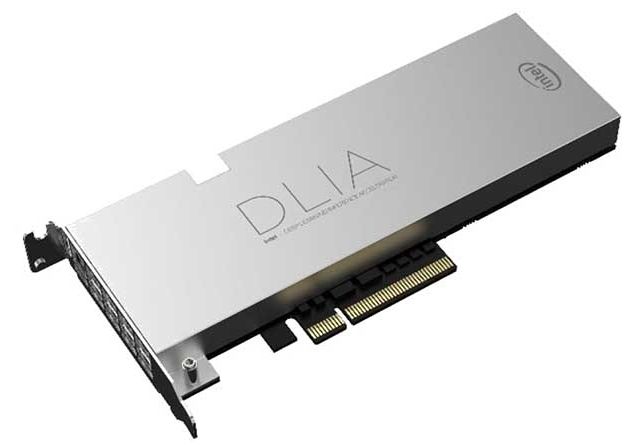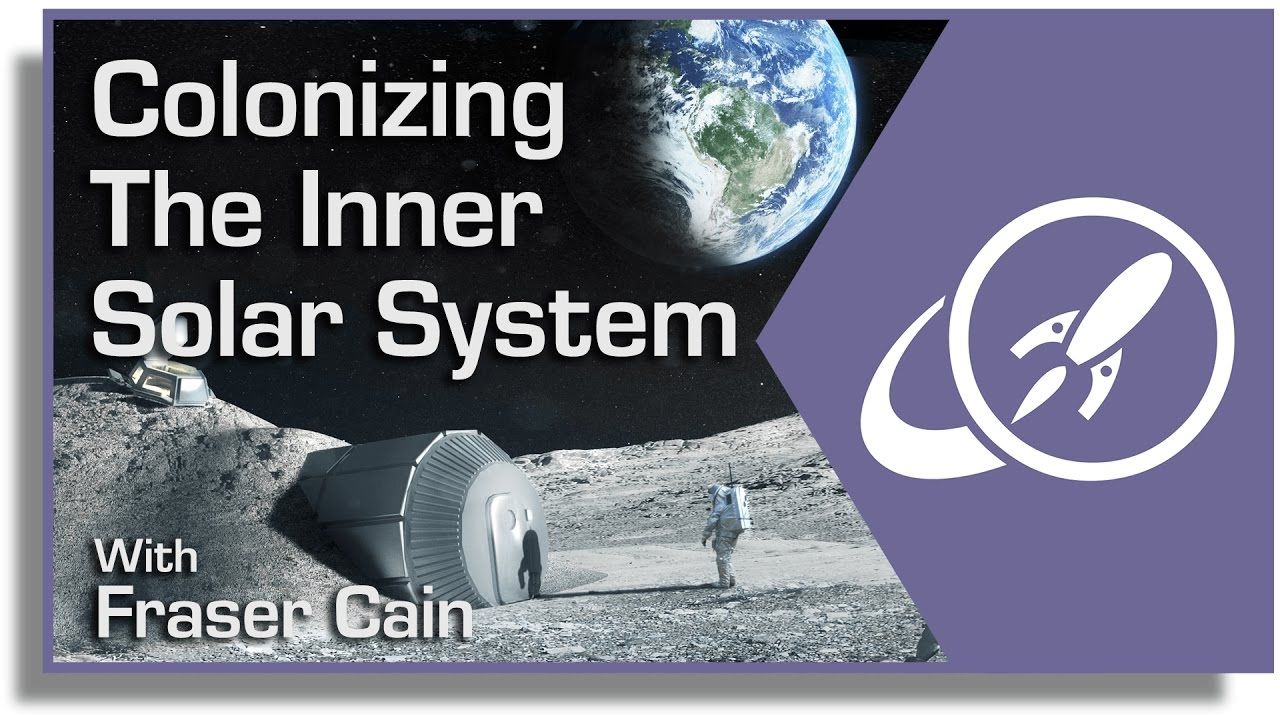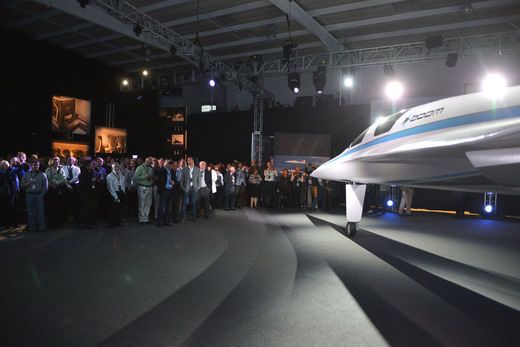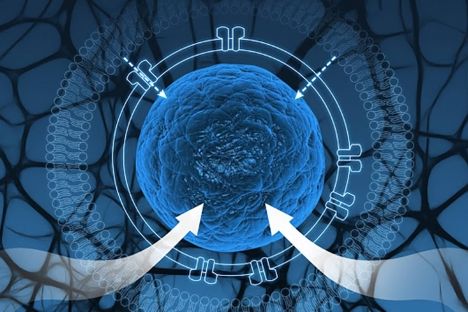
Intel today unveiled new hardware and software targeting the artificial intelligence (AI) market, which has emerged as a focus of investment for the largest data center operators. The chipmaker introduced an FPGA accelerator that offers more horsepower for companies developing new AI-powered services.
The Intel Deep Learning Inference Accelerator (DLIA) combines traditional Intel CPUs with field programmable gate arrays (FPGAs), semiconductors that can be reprogrammed to perform specialized computing tasks. FPGAs allow users to tailor compute power to specific workloads or applications.
The DLIA is the first hardware product emerging from Intel’s $16 billion acquisition of Altera last year. It was introduced at SC16 in Salt Lake City, Utah, the annual showcase for high performance computing hardware. Intel is also rolling out a beefier model of its flagship Xeon processor, and touting its Xeon Phi line of chips optimized for parallelized workloads.
Continue reading “Intel Unveils FPGA to Accelerate Neural Networks” »
















